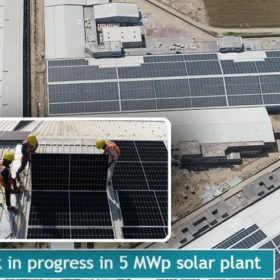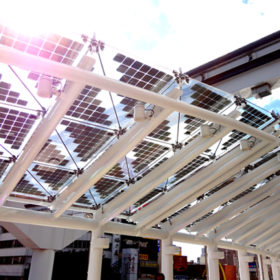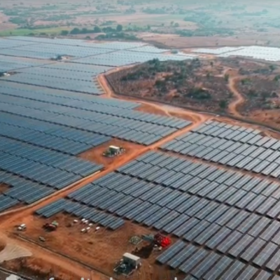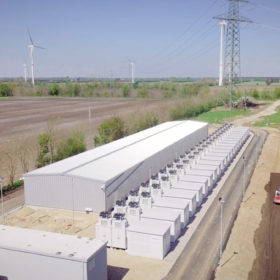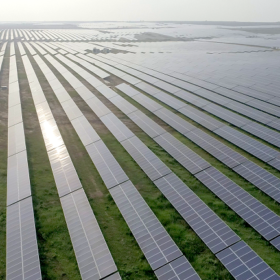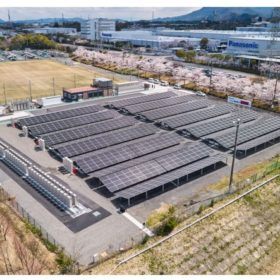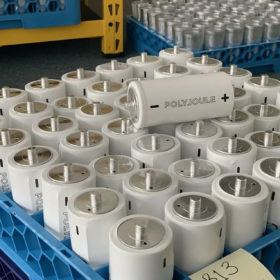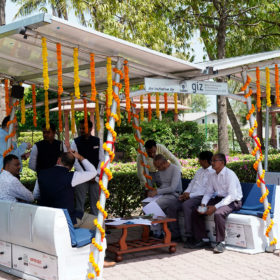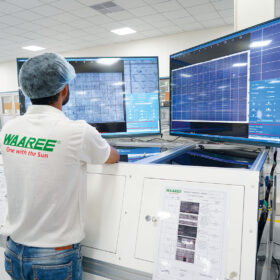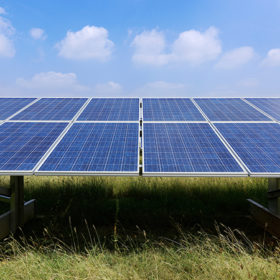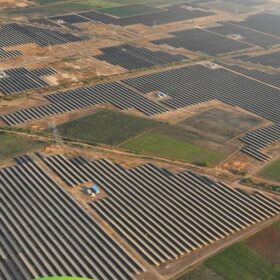Punjab-based textile manufacturer goes solar with a 5 MWp rooftop PV plant
Punjab-based ST Cottex India is getting a 5 MWp rooftop solar plant installed at its yarn manufacturing unit in Ludhiana. Mumbai-based EPC solutions provider Roofsol Energy is doing the ‘OPEX’ mode installation.
Glass-integrated BIPV module from Japan
Japanese glass manufacturer AGC has developed a building-integrated PV (BIPV) panel for different building requirements. It can be installed on facades, canopies, and curtain walls where normal glass can be placed.
ReNew Power selects Librestream’s augmented reality-enabled remote collaboration solution
Librestream’s Onsight solution provides a fully-collaborative environment between remote experts and field technicians, helping to resolve issues at the solar plants quickly and remotely.
NTPC tenders 10 MW/40 MWh of battery energy storage project in Telangana
Domestic bids are invited to develop a 10 MW of grid-connected battery energy storage system (BESS) project at NTPC Ramagundam power station on a turnkey basis. The plant should have 40 MWh (10 MW x 4 hours) of storage capacity. Bidding closes on May 23.
Madhya Pradesh renewable energy capacity grew 32-fold in 12 years
The State has reached 5,152 MW of installed renewable energy capacity, including 2,444 MW of wind, 2,490 MW solar, 119 MW biomass, and 99 MW small hydropower.
Panasonic combines fuel cells, batteries, PV to power factory in Japan
Japan’s Panasonic claims its new pilot solar-plus-hydrogen facility marks the first attempt to create a factory powered by 100% renewables, via the full-scale use of hydrogen.
GUVNL seeks 1 GW of solar power
Gujarat Urja Vikas Nigam Ltd (GUVNL) has issued a tender to procure up to 500 MW of solar power from non-park-based PV projects and an additional 500 MW under the Greenshoe option. Bidding closes on May 18.
Lithium battery recycling in India
Nitin Gupta, chief executive officer and co-founder, Attero Recycling, speaks to pv magazine about the supply chain concerns for lithium battery storage manufacturing in India, current battery recycling scenario and Attero’s capacity.
US start-up develops polymer-based batteries for stationary storage
Developed by an MIT spin-off, the device is based on a standard, two-electrode electrochemical cell containing conductive polymers, a carbon-graphene hybrid, and a non-flammable liquid electrolyte. The battery cells were tested to perform for 12,000 cycles at 100% depth of discharge.
Gujarat’s Akshardham temple gets ten portable solar rooftop systems
Servotech Power Systems, with the support of the German Development Agency GIZ, has installed ten portable solar rooftop systems at the Swaminarayan Akshardham temple complex in the Gandhinagar district of Gujarat.
